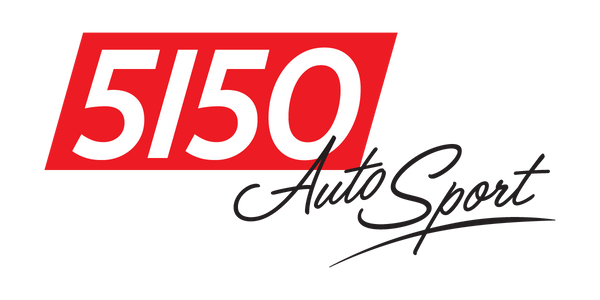
Determining Optimal Bearing Clearance
As an engine builder, understanding the proper bearing clearance is crucial for the performance and longevity of your BMW engine. Bearing clearance is the gap between the bearing and the crankshaft, which plays a vital role in maintaining a stable oil film—a key factor in bearing life.
Optimal Bearing Clearance
A general rule of thumb for determining oil clearance is 0.001 inches for every inch of shaft diameter. For example, a 2.00-inch shaft diameter would require a clearance of 0.002 inches. However, achieving the right clearance isn't just about following this rule; several factors must be considered.
Factors Affecting Bearing Clearance
Tighter Oil Clearances
Consider tighter oil clearances for your bearings in the following conditions:
- Smaller journal sizes: Smaller journals often allow for tighter clearances.
- Lower viscosity oils: Thinner oils require less clearance to maintain a stable oil film.
- Smooth surface finishes: Aim for a minimum of 4 RA (Roughness Average) to ensure a proper fit.
- Excellent geometry: Ensure near-perfect crank and engine block alignment.
- Higher operating temperatures: Increased temperature can lead to decreased oil flow, necessitating tighter clearances.
- Balanced cranks: Perfectly balanced cranks help in minimizing vibrations, allowing for tighter fits.
Looser Oil Clearances
Looser oil clearances may be appropriate under these conditions:
- Larger journal sizes: Larger journals can accommodate more clearance.
- Higher viscosity oils: Thicker oils can lead to increased clearance requirements.
- Rougher surface finishes: Finishes rougher than 5 RA may require additional clearance.
- Less than perfect geometry: Misalignment can necessitate looser clearances to prevent binding.
- Lower operating temperatures: More oil flow can cause the oil film to thin, leading to a need for increased clearance.
- Weaker housing bores: Distortion at high RPMs can occur, warranting additional clearance.
Why Tighter Clearances Matter
Operating with the least amount of oil clearance as possible reduces peak loading on the bearings, allowing the engine to run smoother with less vibration. This is especially crucial for performance builds where reliability and efficiency are paramount.
Mixing Bearing Sizes
If necessary, you can mix bearing sizes offered by brands like King to achieve your desired oil clearance. For example, pairing a standard half bearing with either a 0.001 or STDX half bearing can help you fine-tune your clearance.
Conclusion
Ultimately, the ideal bearing clearance is a balance between various factors, including journal size, oil viscosity, surface finish, and engine geometry. By carefully considering these aspects, you can optimize your BMW engine’s performance and durability.
